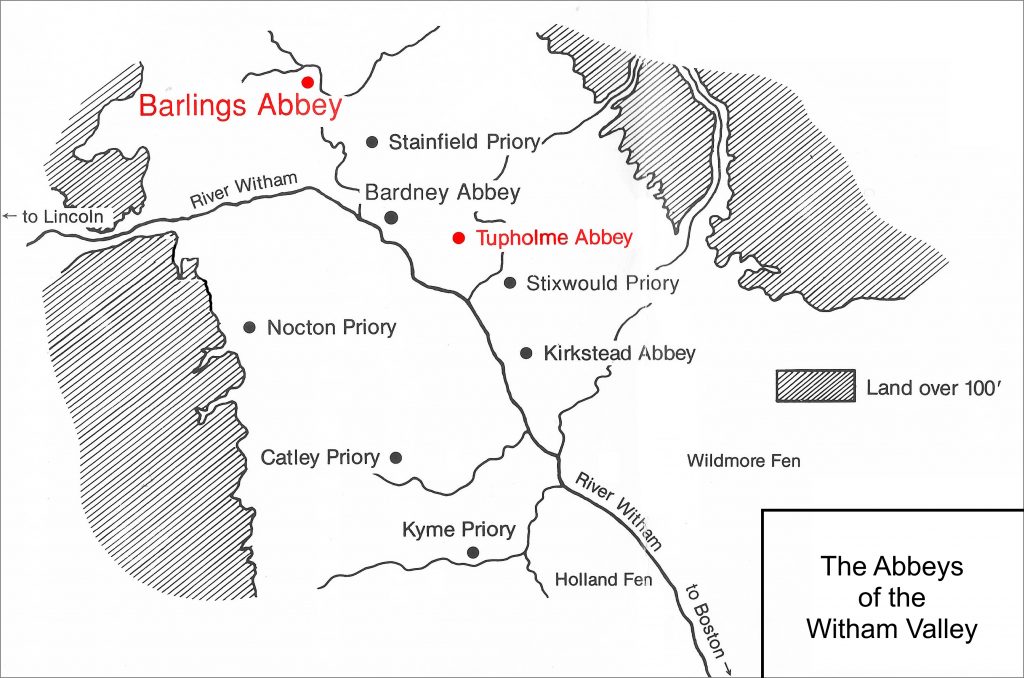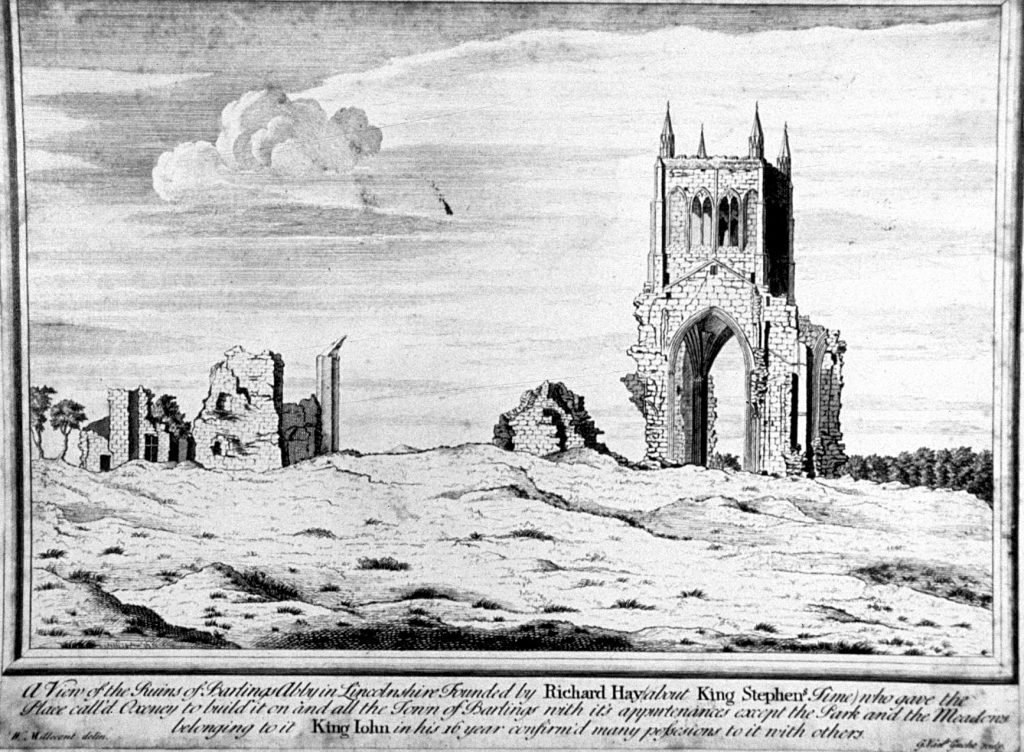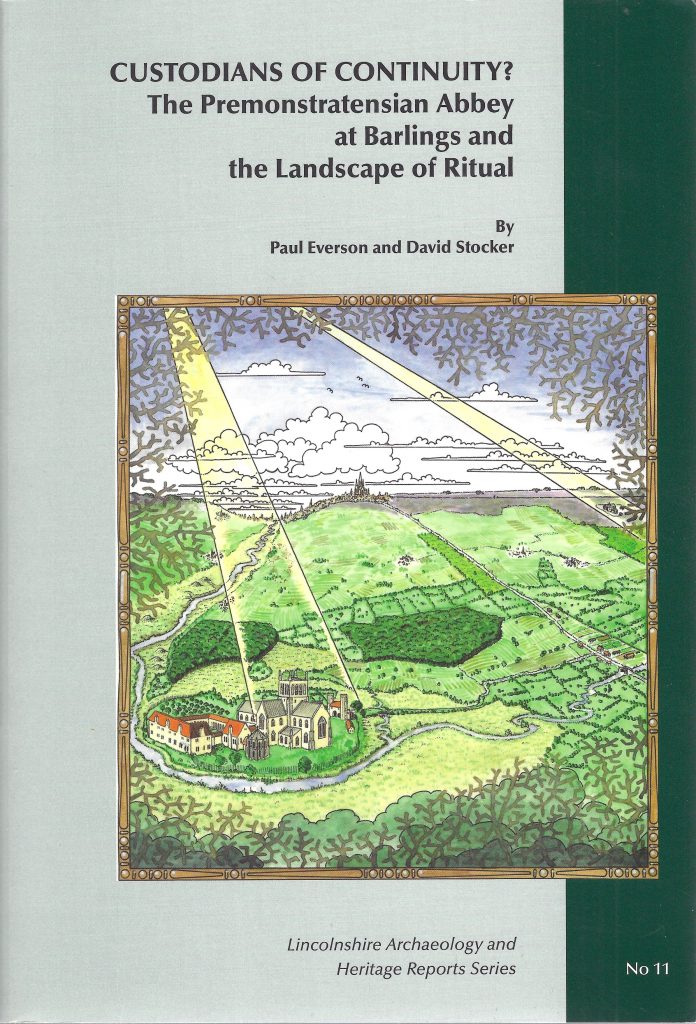BARLINGS ABBEY
SUMMARY and LOCATION:
NGR: TF 08937 73573
The Premonstratensian abbey of St Mary of Oxney at Barlings (10 km east of Lincoln) was founded by Ralf de Haya c.1154 and a colony of thirteen canons were sent from Newhouse Abbey. It is suggested that the abbey was first established at the site later known as Barlings Grange (and now the location of the parish church) but was soon moved to the site of Oxney, just 2km to the south west. The isle of Oxney is in the fenland of the river Witham and is approached over a causeway – there is an unusual concentration of monastic sites here, clustered along the river Witham, including one other Premonstratensian house – at Tupholme.

Barlings was valued at £307 16s. 6d. in 1534 and thus survived the first wave of suppression, however, the abbot and canons became involved in the local rebellion against Dissolution, known as the Lincolnshire Rising, although they were probably unwilling participants. The abbot, Matthew Mackerel, and four canons were arrested and executed at Tyburn on 26 March 1537. The abbey was declared a ‘traitorous and attainted house’ and was forfeit to the Crown and closed down shortly after.

The abbey lands passed to Charles Brandon, Duke of Suffolk and by 1620, the abbey site was in the hands of Sir Christopher Wray, who adapted the mansion which had been created by Brandon from the abbot’s lodgings. The abbey buildings were dismantled except for part of the church, including the tower, which was retained for use as a parish church.
By 1730 the house lay in ruins and only the church tower remained standing. It finally fell in 1757. The site is now a mass of earthworks with a single piece of standing ruin (part of the abbey church) at its centre.
Illustration shows Millicent’s engraved view of the ruins c.1730, from the east.
No formal excavations of Barlings Abbey site are known to have taken place, yet this abbey must be the most thoroughly researched and analysed site of all the Premonstratensian houses in the UK. Archaeologists Paul Everson and David Stocker undertook a thirty year research project to explore Barlings Abbey in its wider monastic landscape in an attempt to understand why it was there and the complexity of its spiritual and economic interaction with its properties and the wider surrounding landscape. This work was published in 2011 in a comprehensive monograph entitled: CUSTODIANS OF CONTINUITY? The Premonstratensian Abbey at Barlings and the Landscape of Ritual.

The site of Barlings Abbey, although hard to find, is accessible and well worth a visit. It is on a minor road off the A158, about 61/2 miles east of Lincoln. There is a public footpath (the Viking Way) traversing the site and passing close to the standing ruins.